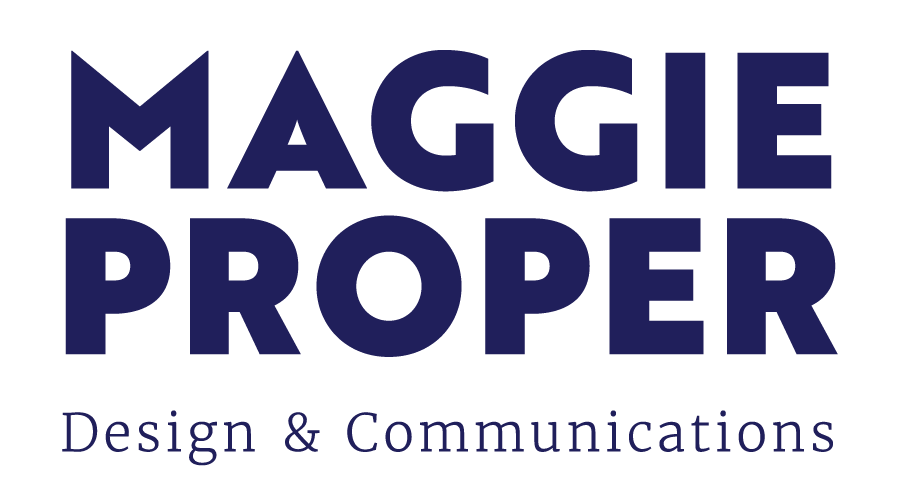Designed to Feel: How Emotion Shapes the Experience Economy
In today’s world, products are no longer just products, they’re experiences. Whether it’s unboxing a new iPhone, walking into a Starbucks, or scrolling through a sleek website, what draws people in and keeps them coming back isn’t only the function, but how it feels. We’ve entered what Harvard Business Review calls the experience economy: a time when emotional engagement, not just quality or convenience, determines a brand’s value. Design sits at the center of that shift, translating emotion into something visual, tangible, and memorable.
Setting the Scene: Beyond Utility
In the early days of mass production, businesses competed on efficiency and price. Later, differentiation came from quality or innovation. But now, as most products offer similar features, emotional design has become the deciding factor. According to Don Norman’s essay “Designers and Users,” people don’t form attachments to objects purely because they work well. They connect with them because those objects fit into their lives in meaningful ways. That emotional roll is the secret ingredient that transforms an everyday interaction into an experience worth remembering.
Think about the difference between grabbing a coffee at a gas station and ordering one at Starbucks. The drink might be similar, but the experience is not. Starbucks has built an entire emotional journey around coffee: the cozy environment, handwritten name on the cup, and curated music create a sense of belonging. The design of the store, from lighting to packaging, turns a simple purchase into a comforting (and not to mention pricey) ritual.
The Heart of Experience
Emotional design starts with understanding how people feel and what they value. As the Interaction Design Foundation explains in “Putting Some Emotion into Your Design,” Robert Plutchik’s Wheel of Emotions helps designers identify and evoke specific feelings—like joy, trust, or anticipation—through colors, typography, and layout. These aren’t random choices; every design element communicates something.
For instance, warm tones like orange and red can make users feel energized and excited, while blues and greens promote calmness and trust. That’s why a company like Spotify uses lively green accents to evoke movement and creativity, whereas a bank might lean toward cool blues for reliability. Similarly, typography influences emotion; rounded fonts can feel playful and friendly, while sharp, geometric fonts suggest sophistication.
This emotional layer is what gives design its power in the experience economy. It’s not just about aesthetics, it’s about crafting a mood that aligns with the brand’s purpose. When a user visits a website that feels exactly how the brand sounds, whether that’s bold, calm, or quirky, it creates harmony between design and message.
Empathy as a Design Tool
To design experiences that resonate, empathy is essential. Nielsen Norman Group’s article on personas highlights how understanding users’ needs, motivations, and frustrations leads to designs that connect on a human level. Mapping emotional journeys, as explained in Local Measure’s “Mapping the Emotional Customer Journey,” helps identify key emotional touchpoints; moments where a person might feel joy, confusion, or frustration.
Airbnb, for example, designs around empathy. The app isn’t just a booking tool, it’s built to evoke feelings of adventure and trust. Soft photography, conversational tone, and personal storytelling from hosts all help create an emotional bond between user and platform. Through design, Airbnb makes the digital experience feel like the beginning of a real-world journey.
The Emotional Value of Design
When people connect emotionally with a brand, they’re not just buying a product, they’re investing in an identity or lifestyle. That’s what gives design its economic value. According to “Welcome to the Experience Economy” from Harvard Business Review, businesses that stage memorable experiences can charge a premium because people see emotional value as worth paying for.
Take Apple, for instance. Its minimalist design, thoughtful packaging, and intuitive interface all reinforce a feeling of elegance and empowerment. The company doesn’t sell technology, it sells a sense of creativity and belonging. Customers don’t just use Apple products; they identify with them.
Conclusion: Designing for Connection
At its core, design in the experience economy is about crafting emotional connections that turn users into participants and products into stories. The psychology of color, the tone of typography, and the empathy behind user personas all work together to build experiences that matter.
As designers, our role is to move beyond functionality and aesthetics to shape how people feel, because in a world full of choices, emotion is what people remember. The best designs don’t just look good or work well, they make us feel something. And that feeling, more than anything else, is what gives design its lasting value.





